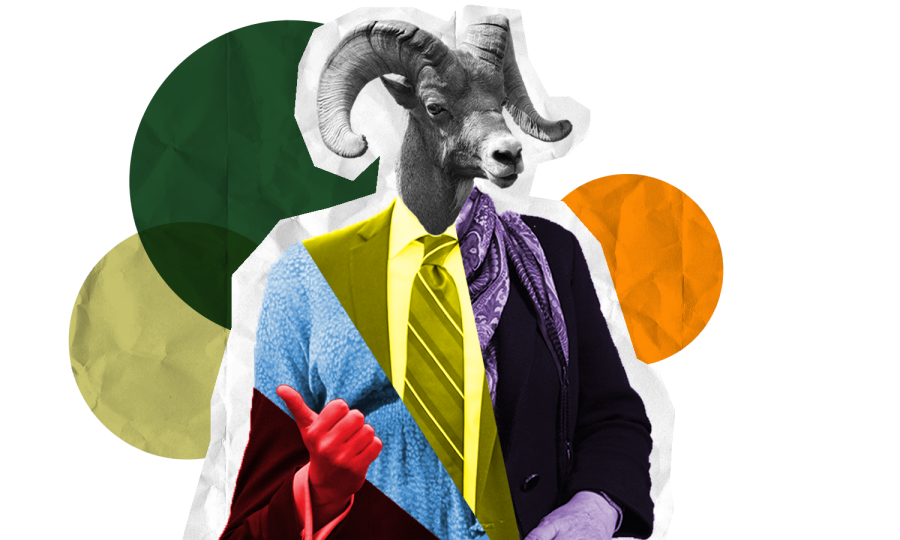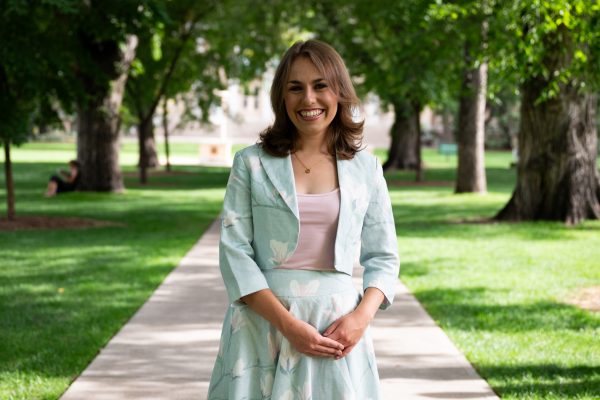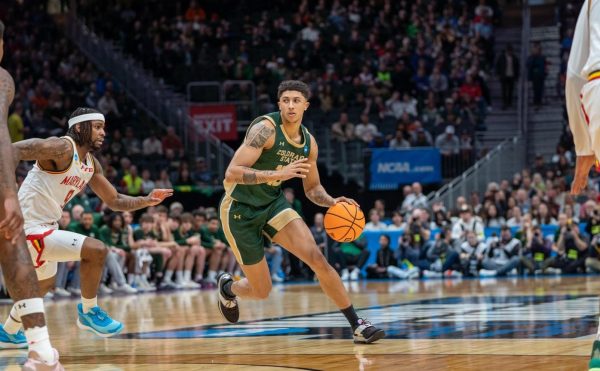‘People want a leader that comes in to inspire’: CSU’s presidential search
September 29, 2022
Colorado State University is currently searching for its 16th president after former President Joyce McConnell split ways with the university June 30.
New presidential candidates will be recommended by a committee of 31 members representing students, staff, donors and other community members to the Board of Governors for hiring consideration.
“I’m very proud of the team on the search committee,” said Armando Valdez, Presidential Search Advisory Committee chair and CSU System Board of Governors vice chair. “They’re very engaging, committed and passionate. We all have one goal of seeing what is better for Colorado State University’s future while respecting past accomplishments and traditions and balancing that with future innovation.”
The search committee is working with Parker Executive Search to develop and post a job description and create a candidate pool of three to five people to present to the Board of Governors.
Valdez said the committee’s goal is to identify the next president by the end of the calendar year, with a public announcement expected at a later date, depending on the candidate’s professional schedule and if they would like to finish the academic year at a prior institution.
“We’re looking at a whole set of candidates,” Valdez said. “We’re looking at the traditional candidates that come from academic realms, but we’re also open to nontraditional candidates who may be a good fit for Colorado State University.”
A nontraditional candidate could be someone who does not currently hold leadership at a university but represents values the CSU community has identified as desirable in the listening sessions and community engagement processes.
On the current search committee of 31 members, five are students, one represents nontenure-track faculty and two represent Student Diversity Programs and Services offices. SDPS representatives were not included on the original committee, which raised questions in the campus community surrounding the inclusion of various voices on campus.
Following the announcement of the members of the search committee, Associated Students of CSU members Kimberly Carracedo-Perez, Rory Low, Charlie Williamson, Sammy Trout and Ariadne Athey contacted CSU System Chancellor Tony Frank to voice their concerns about the lack of SDPS representation on the search committee.
“We looked at the numbers that represented demographics at the university and presented the statistics,” Carracedo-Perez said. “And eventually, we were told, ‘OK, you’re fighting this enough. Fine, you win,’ which was a slight victory too because we were able to add two additional people on that committee.”
Following Carracedo-Perez’s and the group’s efforts, Dora Frias, director of El Centro, and Reham Abdunabi, an ASCSU student senator representing the Asian Pacific American Cultural Center, were added to the committee.
“I’m interested to see how they fare in that group that didn’t want them there in the first place,” Carracedo-Perez said.
Williamson, ASCSU director of diversity and inclusion, was also involved in advocating for adjustment to the search committee and said they hope the new president upholds the CSU Principles of Community.
“We have our Principles of Community, and they’re important, but I think that there are many times they are just a poster on a wall,” Williamson said. “And there are areas of the university that struggle to uphold those to the best of their ability. I think that from a new president, I really want to see someone that can be a staunch ally in every sense of the word.”
“I hope our new president will bring some sort of shock to the system. I think that could be in many different ways, but something radically different that inspires some kind of shift. I think that CSU and a lot of universities are at a point coming out of COVID where it’s either go back to the way it was or start something new.” -Charlie Williamson, ASCSU director of diversity and inclusion
In other areas of the university, nontenure-track faculty members voiced similar concerns over lack of representation.
Nontenure-track faculty members do not hold tenure — basically a lifelong guarantee of a position at CSU. Tenure may be granted after an instructor obtains the terminal degree in their field and is tenure-track for a certain number of years based on their position. In the 2020-21 school year, only 15% of CSU faculty and staff were tenure-track: 1,142 faculty members.
Nontenure-track professors are reported to teach approximately 70% of undergraduate classes, said John Kitchens, a CSU nontenure-track faculty member.
“We hope that we get someone who prioritizes education, the land-grant mission and undergrad education over athletics, which means prioritizing the staff who are responsible for teaching,” Kitchens said of his hopes for the next CSU president.
“We have a huge role, but we feel like we’ve been left out for years,” Kitchens said.
When asked what he hopes the new president brings to campus, Kitchens said he is hopeful for change.
“There were some people who were optimistic that Joyce McConnell was bringing that kind of transformation, and (then) with her departure, a lot of people fear that such transformation has departed with her,” Kitchens said. “We want someone progressive — someone that is going to bring change to the financial structure, the models, the teaching, the workplace. That is what we want: someone who is going to recognize the major role we play and compensate and respect us for it.”
Students are also hopeful CSU’s new president will bring innovative change and new ideas.
“I hope our new president will bring some sort of shock to the system,” Williamson said. “I think that could be in many different ways, but something radically different that inspires some kind of shift. I think that CSU and a lot of universities are at a point coming out of COVID where it’s either go back to the way it was or start something new.”
Carracedo-Perez said she hopes the new president will be engaged with different students on campus in an effort to be more immersed in the campus community.
“My hope is for them to be not a mysterious entity,” Carracedo-Perez said. “Throughout my entire time at CSU, I’ve never seen a president in any of the SDPS offices I frequent. They just aren’t very human to us as students. If they make themselves more personable and more human to us, (then) that’s how they gain our respect and gain the support of not only students but staff and even the community.”
Valdez is aware of the expectations on him and the search committee to find a president who lives up to the hopes of the community.
“Is there this magic person out there that covers so many areas?” Valdez asked. “People want to see a president that is a great communicator that engages all levels of the university community, from students to different levels of employees to our external partners as well. People want someone with strong engagement and strong communication.”
As the search committee continues its process of identifying candidates, all eyes remain on the looming decision and coming leadership change at CSU.
“Ultimately, people want a leader that comes in to inspire,” Valdez said. “We feel that we’ve got a striving, strong university, and we feel confident that we will find someone who is going to push CSU into the next frontier and support all the wonderful things that are happening.”
Reach Allie Seibel at news@collegian.com or on Twitter @allie_seibel_.






